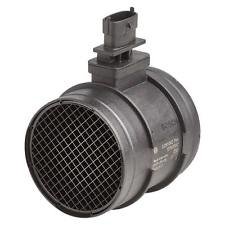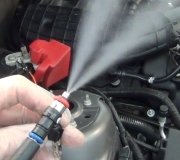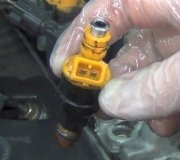I have checked all the electrical connections and fuses, all seem fine, I cant see it being a wiring problem as there are so many wires to these multiple sensors and injectors they cant all have broken or failed.
I have done a voltage test with the ignition in the on position but engine not running and I'm getting various readings from the injector connectors between 1.2 and 2.4 volts, each one being different. And I got a reading of 2.4ish volts to the maf and map sensor connectors dropping to about 1.2 as I hold the voltmeter to it, you can just see it drop. I'm not sure what's normal or if the tests have to be done with the engine running but hopefully that will help diagnose. All these things seem to plug directly into the top connector on the ecu, there doesn't appear to be anything in between.
Any help is greatly appreciated, I am well and truly stuck!
SPONSORED LINKS
Tuesday, January 27th, 2015 AT 10:11 AM






